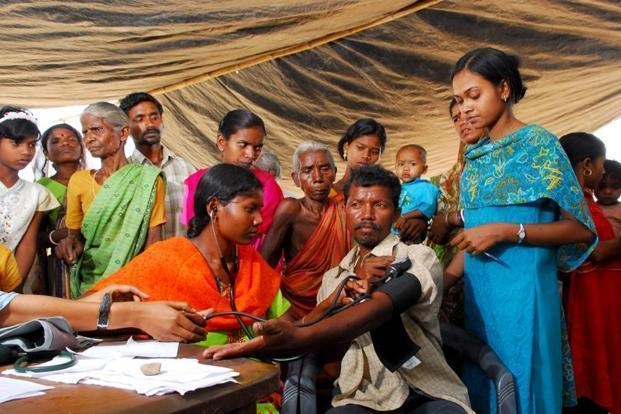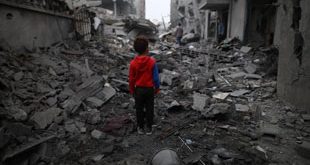
Kampala, Uganda | XINHUA | A study conducted in India’s villages has found that 86 percent of the health providers in rural India were private “doctors” and 68 percent had no formal medical training like Bachelor of Medicine or MBBS.
The survey, conducted in 1,519 villages across 19 states, revealed that 75 percent of villages had at least one health care provider, and a village on an average had three primary health providers. But, at least two of every three “doctors” in rural India were informal providers of care, with no qualifications in modern system of medicine.
The study titled “Two Indias: The structure of primary health care markets in rural Indian villages with implications for policy”, is being described as the country’s first comprehensive assessment of public and private health care availability and quality, as measured by their medical knowledge.
The study was conducted by researchers from the Delhi-based “Centre for Policy Research (CPR)” and its findings have been published in the “Social Science and Medicine” journal.
Its findings support the World Health Organization’s (WHO) 2016 report on The Health Workforce in India, which had also found that 57.3 percent people practicing allopathic medicine in India did not have a medical qualification, and 31.4 percent were educated only up to secondary school level.
The study also found that formal qualifications were not a predictor of quality, even as, in sharp contrast, the medical knowledge of informal providers in southern states like Tamil Nadu and Karnataka was found to be higher than that of trained doctors in eastern state Bihar and northern state of Uttar Pradesh.
In a press release, president and chief executive of the CPR Yamini Aiyar said “The COVID-19 crisis has placed unprecedented demands on our health care, making it clear that we need to have an urgent discussion on how it needs to be structured moving forward. This crucial paper uncovers fundamental features of our rural health care system with key insights for regulation, training and capacity. It is also a testimony to CPR’s unflinching commitment to rigorous research that guides policy and enables much needed reform.”
English daily Hindustan Times quoted lead author and professor at Washington-based Walsh School of Foreign Service at Georgetown University Jishnu Das as saying that for the vast majority of rural households, informal providers, usually called quacks, were the only option that was locally available.
“Public health clinics and/or MBBS doctors are so few and far between that they are just not an option for most villagers. So the idea in health policy circles that as states get richer, informal providers will automatically vanish, is just not true in the data,” added Jishnu Das.
One of the findings also stated that India was divided into two nations not just by quality of health care providers, but also by costs, even as better performing states provide higher quality at lower per-visit costs. This trend was consistent with significant variation in the availability and quality of medical education across the state.
******
XINHUA
 The Independent Uganda: You get the Truth we Pay the Price
The Independent Uganda: You get the Truth we Pay the Price






